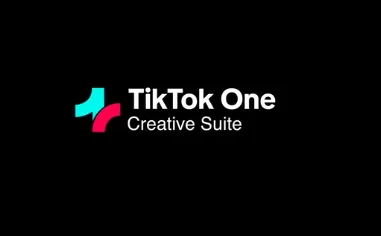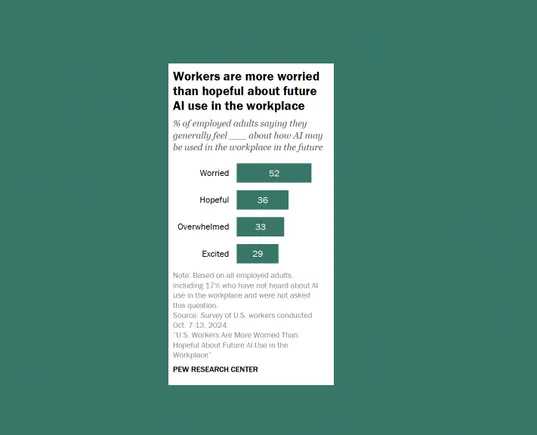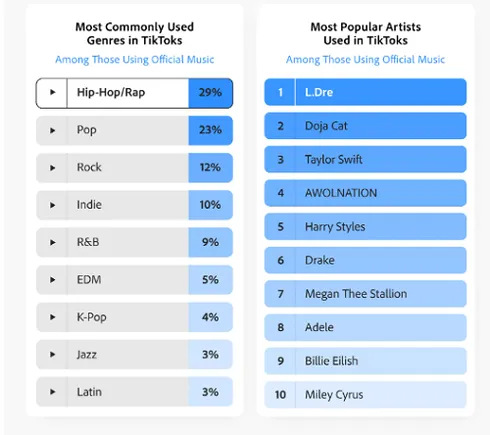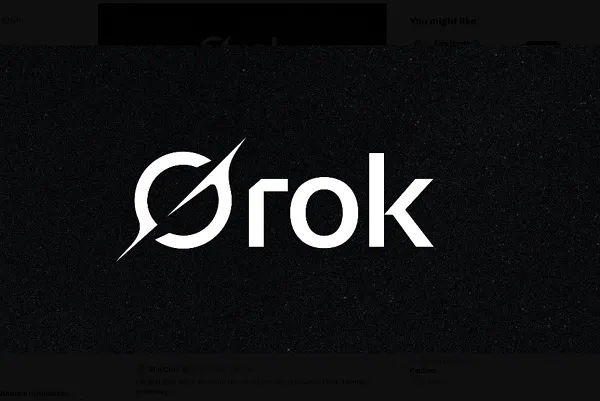While it’s long been true that fast-growth firms face extraordinary enterprise-wide challenges as they scale, the ongoing upheaval in the labor market has sharpened the focus of senior leaders on one particular business function, human resources. HR is an area that has become increasingly critical as companies seek to bolster their recruitment and retention strategies.
While this focus is well-advised, the added attention doesn’t necessarily lead to improvements, especially given that leaders with the most seniority rarely have HR backgrounds. Fortunately, leaders can familiarize themselves with some of the most effective approaches for meeting HR challenges that regularly disrupt businesses on their way to significant transformations. Best of all, they can put several of them into practice with modest investments and adjustments.
Below are five preliminary, proactive strategies executives can implement to help overcome the most common HR challenges in high-growth firms.
1. Really prioritize the HR function.
While it’s counterintuitive that companies often de-prioritize HR even as they heighten their focus on the function, corporate America has historically undervalued all-things human resources, a reality that continues today. Solving this issue starts with recognizing its potential existence, which is often best achieved by considering the weight organizations place on HR versus business functions like finance and sales. Leaders should take stock of this internally, considering factors like department budgets, staffing and who’s included in high-level meetings, and take steps to fix imbalances where they exist. What’s more, they must continue prioritizing HR, even as the complex growth process threatens to divert attention and resources.
2. Address the whole talent life cycle.
Too often, growing companies approach HR with the view that they’ll start with the essentials—payroll, benefits—and build out additional aspects as needed. Instead, they should seek to address how they’ll manage their people’s entire experience as employees, ideally from the organization’s founding. Conceptually, this is often daunting for mid-level companies, but leaders can begin the process by simply considering their people’s holistic needs, from compensation and motivation to performance management and career development. They can thus make significant improvements by adjusting their mindset, adding initiatives as strategic and warranted, but always maintaining their whole-person focus.
3. Embrace a strategic approach.
The business world is full of stories of organizations that have green-lit every HR initiative in the book with little bottom-line momentum. This transpires when companies put HR tactics first without considering big-picture strategy or designing approaches that ladder up to organizations’ overarching needs. Solving this problem requires organizations to identify, empower and perhaps retain or contract highly strategic, experienced HR leaders and invite them to fully participate in the organization’s most high-level calls and meetings. This will best ensure companies move forward with HR approaches that serve their strategic needs as they grow.
4. Be intentional about workplace culture.
Organizations that take a passive role when it comes to their workplace cultures will inevitably see them arise on their own. Such accidental cultures may or may not best represent the companies in question or help move them in the direction they need to go. Preventing this requires that leaders take an active role in intentional culture building, and weave that culture through the fabric of their organizations. They can begin by simply exploring, identifying and/or interrogating their mission, vision and values, which should help guide the decisions of organizations as they reach or surpass a range of inflection points.
5. Maintain a razor-sharp focus.
In high-growth companies, operationally minded teams face the ongoing challenge of expanding their capabilities to serve an ever-growing universe of people. Achieving this in HR is only possible if practitioners focus deeply on their talent’s most pressing needs at set moments in time. They must resist the urge to put in place the HR strategy they’ll need in 12 to 18 months, and instead stay completely attuned to the current state of the organization. While they’ll need to continuously evolve their thinking, maintaining a forward-looking approach, they must do so while staying grounded in real-time needs.
Of course, many organizations reach a point at which strategic approaches are no longer enough and they’ll need to add talent to their HR teams. But even then, leaders have options. Companies can bring in HR directors, CHROs or even interim CHROs, which are growing in popularity among companies that prefer the ability to continuously scale up their level of HR support.






































































